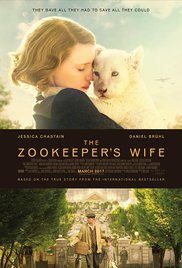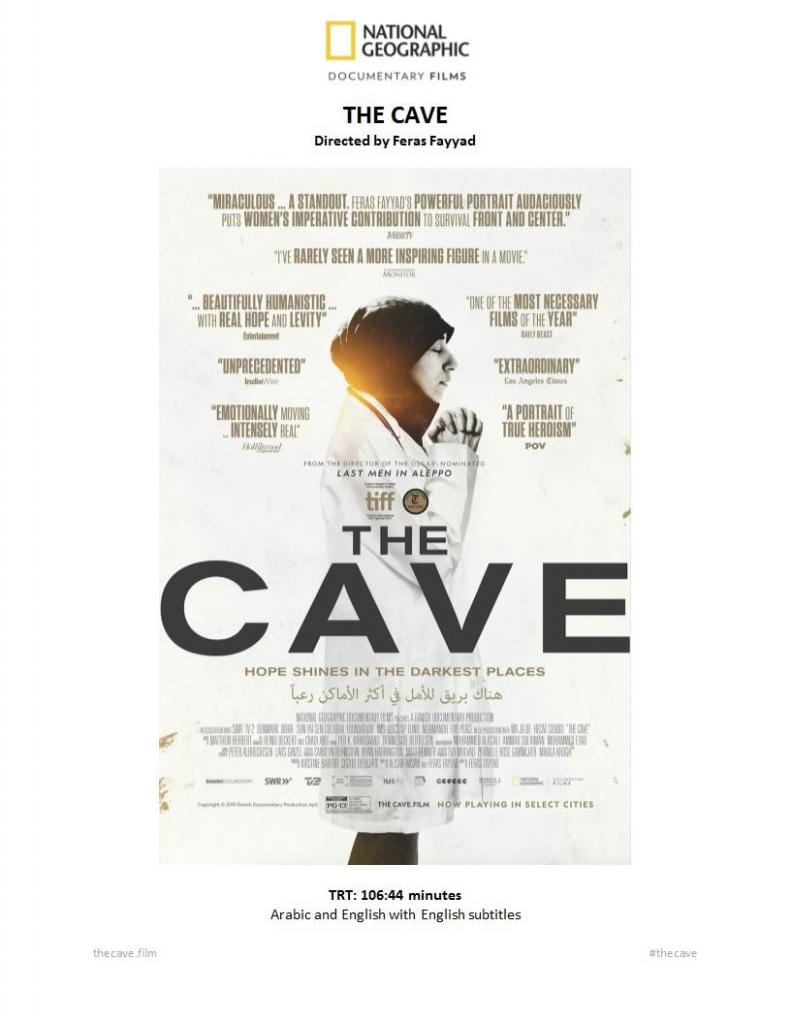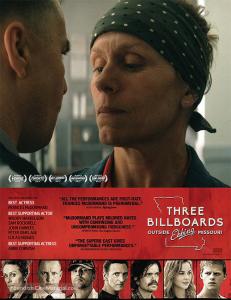The following is a guest post asking us to reflect on the current refugee situation, indeed crisis, and our response as believers in view of the release of “The Zookeeper’s Wife” film on March 31, 2017.
Our Call to Provide Sanctuary
Co-authored by:
Lori Margaret, Christian Interfaith Activist
Sue Obedi, Hollywood Bureau Director, Muslim Public Affairs Council
Rabbi Sarah Bassin, Reform Rabbi
The Zookeeper’s Wife tells the story of Antonina Żabiński, a working wife and mother who became a hero by helping hundreds of Jews escape the Warsaw Ghetto during World War II. She and her husband, Dr. Jan Żabiński, Director of the Warsaw Zoo, hid men, women and children in their trucks that carried food scraps from the ghetto back to the zoo, putting their own lives at risk to provide sanctuary and eventually freedom to the refugees. Antonina not only gave warm hospitality to those they rescued, but lifted their spirits with music and by creating a feeling of community in her own home. Her daily acts of compassion saved hundreds of lives. So what has happened to our own call to provide sanctuary today?
Imagine if you had lived during the time of the Holocaust and were presented with the opportunity to save lives…but that opportunity came with some risk. Would you have taken action like the Żabińskis, or would you have watched the news from home, angry about what was happening but not taking any action to help? What are you doing now, today, to help those fleeing oppression, violence, poverty and war?
A few years before the Żabińskis’ rescue operation began in Poland, a Gallup poll showed that 88% of Americans disapproved of the Nazi’s treatment of the Jews, and yet 72% opposed allowing a larger number of Jewish exiles to come to the United States. Fast forward to 2017 and we see a chillingly similar statistic. Among what Pew calls “white evangelical Protestants,” more than 76% approve of the president’s ban on Muslim refugees. White mainline Protestants show less support, but still approve of the policy by 50%. With Jews at risk in the last century, Muslims at risk now, and all three of our Abrahamic faiths commanding us to provide sanctuary to those fleeing violence, how is this disconnect possible?
The ancient Judaic tradition of sanctuary begins in the Old Testament, when God commanded Moses to set aside cities and places of refuge in Canaan where the persecuted could find asylum. In a conversation with the early Christians in Matthew 25:44-45, Jesus answers the question, “Lord, when did we see you hungry or thirsty or a stranger or needing clothes or sick or in prison, and did not help you?’ with the reply, “Truly I tell you, whatever you did not do for one of the least of these, you did not do for me.” Muslims read in verse 4:75 of the Qur’an, “And why should ye not fight in the cause of Allah and of those who, being weak, are ill-treated and oppressed? Men, women, and children, whose cry is: “Our Lord! Rescue us from this town, whose people are oppressors; and raise for us from thee one who will protect; and raise for us from thee one who will help!”
During the first Sanctuary Movement in the 1980’s, over 500 congregations in the United States declared themselves “sanctuaries”, providing safe havens for Central American refugees fleeing violent civil wars in their home countries. One of the first churches where those escaping harm could find sanctuary was a church in Nogales, Arizona, whose steeple was visible from the Mexican border. In many churches, refugees were invited to give their testimonies from the pulpit during church services, where congregants could learn their stories and gain understanding of the situations they had fled. A pastor who participated in the movement said, “We’re a very conservative group of folks politically. But once we encountered the refugees face to face, we couldn’t justify not taking them.” [“Religion: Bringing Sanctuary to Trial”, Time Magazine, October 28, 1985]
So what is holding us back from taking action to keep history from repeating itself, from joining the new Sanctuary Movement to help refugees and other immigrants fleeing danger and the unlivable conditions of unimaginable poverty? One of the biggest obstacles is that when statistics are overwhelming, people freeze into inaction. But statistics don’t change hearts, personal relationships do – like the ones Antonina had with those she sheltered in her home. Each of us has to do more to get to know people personally, from undocumented Central Americans to Syrians to refugees from war zones all around the world.
Blocking out overwhelming situations is a basic human coping strategy, but blocking people out is inhumane. The bottom line is this: what you are doing now is exactly what you would have done then. Armchair activism and anger doesn’t change anything – providing sanctuary does. Antonina Żabiński faced much harsher consequences than any of us will today, and leaving her comfort zone saved hundreds of lives. She died in 1971, and her husband Jan died in 1974. Their acts of courageous compassion hold a place of honor at Israel’s Yad Vashem Holocaust Memorial, and in the hearts of the thousands of descendants of those they saved.
What risks will we each take for each other today? Women like Antonina show us that we all have the potential inside of us to take heroic action, if we see each other as equal human beings and push past our hesitation to take the risks that we are called to take. So let’s challenge each other, today, to become each other’s sanctuary in this harsh world, and give real meaning to the phrase “Never Again.”











